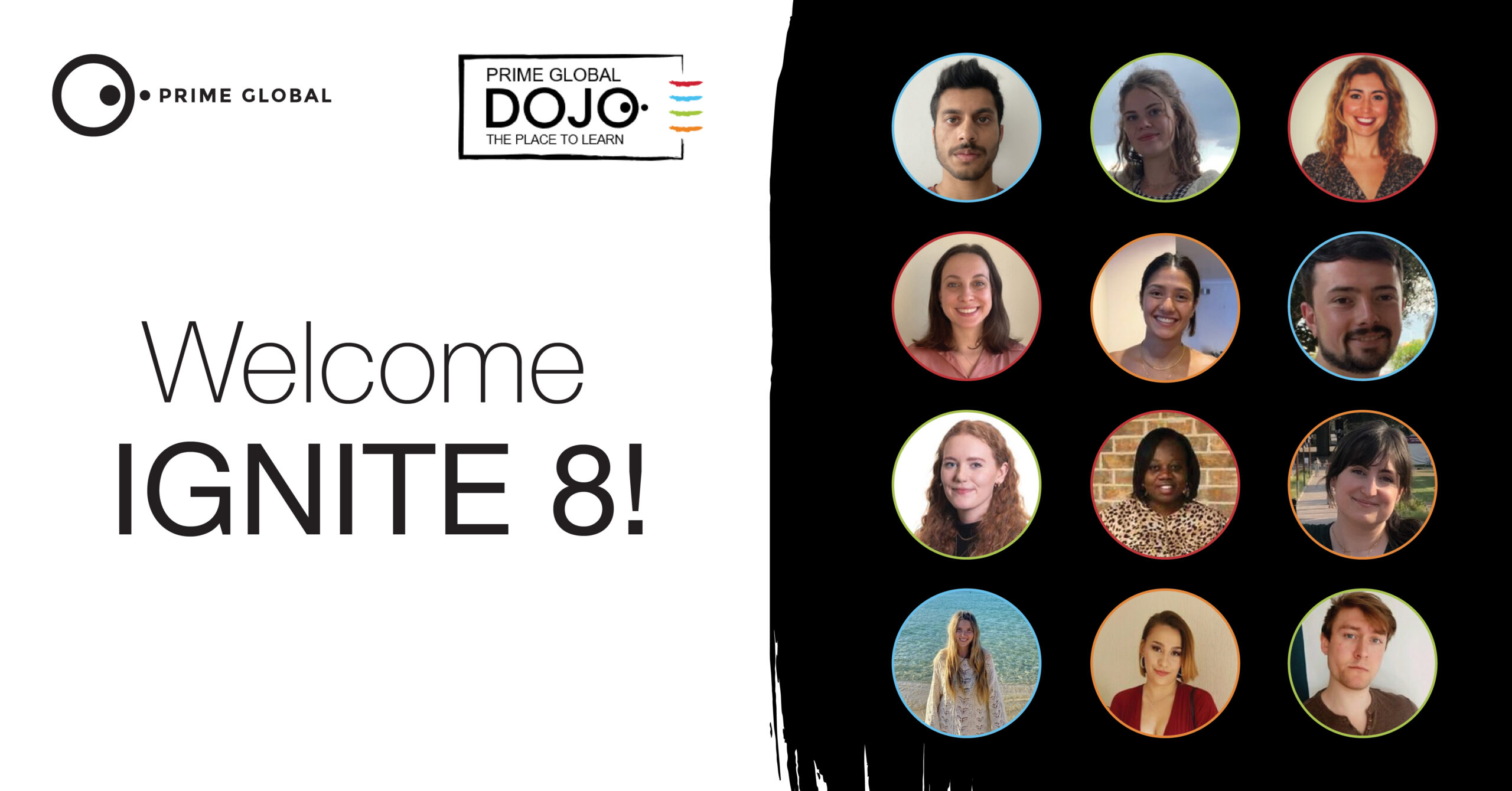We were glad to attend the ISMPP West 2021 Meeting on October 21–22, the first in-person meeting in almost two years! The meeting focused on opportunities for connectivity, transparency, and inclusivity, and Jenny Blackham, VP Client Partnerships, gave us first-hand insight! Read below to learn more about the key themes at the conference.
Health literacy
The complexity of health information and the difficulties in accessing it make it challenging for patients to make appropriate health decisions. If health literacy is high, people are able to play an active role in improving and maintaining their own health, engage successfully with community action for health, and push governments to meet their responsibilities in addressing health and health equity. Where levels of health literacy are low, people are more likely to have long-term health conditions, more limited activities, and higher rates of mortality.
The conference discussion was focused on why health literacy is so important in what we do and how we, as an industry, need to apply best practices and make our communication more personalized. In the plenary session “Health Equity/Literacy – Avenues for Impact”, the speakers explained that there is an opportunity for medical professionals to make an impact in health equity and improve health literacy by listening to and leveraging the expertise of colleagues and partners, such as patient advocates, to make medical communications accessible, understandable, and intentional in the information conveyed. The key takeaways in order to achieve this were aligned with our own principles: testing, simple language, understanding the population, and working with patient groups.
Find out more on this topic in the articles below:
Health Economics and Outcomes Research/Real-World Evidence
The main takeaway from the conference discussion was to involve Market Access/HEOR/RWE consultants as early as possible in publication planning, as they can add value throughout the entire value story.
The first-hand experience of our Market Access and HEOR team, Prime Access, in payer decision making and the pharmaceutical industry helps to address the challenges of communicating value early on. By combining the experience of Prime Access with the strong Prime Global heritage in publications, we translate the science into compelling value propositions for pharma while empowering the best value choices for payers and policy makers.
Read more about our Market Access and HEOR capabilities or contact the Prime Access team by emailing Sue.OLeary@primeglobalpeople.com
Digital health
The conference examined the role of digital health in pharma. The discussion involved addressing the following questions:
- What are the evidence requirements?
- How should value be defined?
- What stakeholders should be involved? And when?
Digital health is a growing trend in the medical communications industry. We will see pharma infuse digital health into their projects either by creating in-house digital health applications (for example, the Roche Floodlight MS app) or by partnering with external vendors (such as the Novo Nordisk and Noom partnership). For more information on this partnership, visit Saxenda and The American Journal of Psychiatry.
There are also digital health applications being reviewed and approved under the FDA pilot program. Once a digital health application is approved, the new lexicon is “prescriptive therapeutics.”
Learn more through these resources:
Working with external stakeholders in pubs and extenders
The conference revealed the unique challenges and opportunities of working with external stakeholders engaged in pubs and extenders.
Challenges
- Which extenders are truly valuable? For example, consider the length of a video. A 10-minute video allows for more discussion, but will people watch it? Does a shorter video, say 3 or 5 minutes, really add value?
- Should you create a script for the video or focus on key talking points?
- When to start with extenders? You do not want to start too late but not too early
- Authors don’t necessarily engage with extenders
- Lack of standardized guidance/processes from industry
Opportunities
- Getting graphics into the journals is good for the medical science liaisons (MSLs)
- Plain Language Summaries (PLS) can be a valuable resource beyond the patient; for example, for HCPs, nurses, or care teams who might not be experts in this area. Read more about PLS in our blog here
- You can use resources such as Taylor, Springer, Future Science, Oncology Central, and TrendMD to help extend the reach of the data
- Can help tackle the lack of guidance/processes from the industry
If you would like to pick Jenny’s brain about these interesting topics or just hear more about Prime Global, contact jenny.blackham@primeglobalpeople.com




